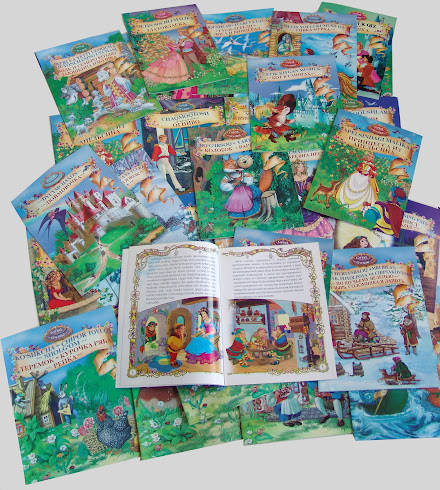https://drive.google.com/file/d/1e5slpGgccV6QqdtFtdU4cCaYT4broRhH/view?usp=sharing
Description the short online course ‘Beauty in a daily routine’ that is in a Digital Photographing page.
Digital Photographing Course
The course teachers how to notice beauty moments and plots in ordinary everyday life, capturing them and transferring to the viewers.
The course stimulates students to develop their curiosity, imagination, creativity, research and critical thinking skills, preparing them for life in the contemporary digital society. This short module provides students with basic theory and practice in Digital Photographing area with practicing of taking photos and Internet programs techniques that give opportunities to improve images and to upload them into the Internet system. The course also develops professional skills in one of the graphic raster computer programs.
Writing this course I used the material from following sources: (Burkert, 2012), (Chrosniak, 2023), (Cowan, 1998), (Wurdinger, 2007), (Zhai, 2022). All the lessons are based on Bloom's Taxonomy theory.
In the course the following learning theories are introdused:
1. Photography Theory that is close connected with cultural and social context and describes the role of designer and artist in the education process. (Michałowska, 2023)
2. Humanism that has roots in the Italian Renaissance and aims to open individual needs in the learning process. (Saunders and Wong, 2020)
3. Cognitivism that sees the brain as an algorithm which is able to process information and make decision. (Clark, 2018)
4. Constructivism that underlines that through the interaction with the world an individual creates knowledge. (Martin, 2022), (Kretchmar, 2019)
To read more, please, click on the link above to read more about the course.













